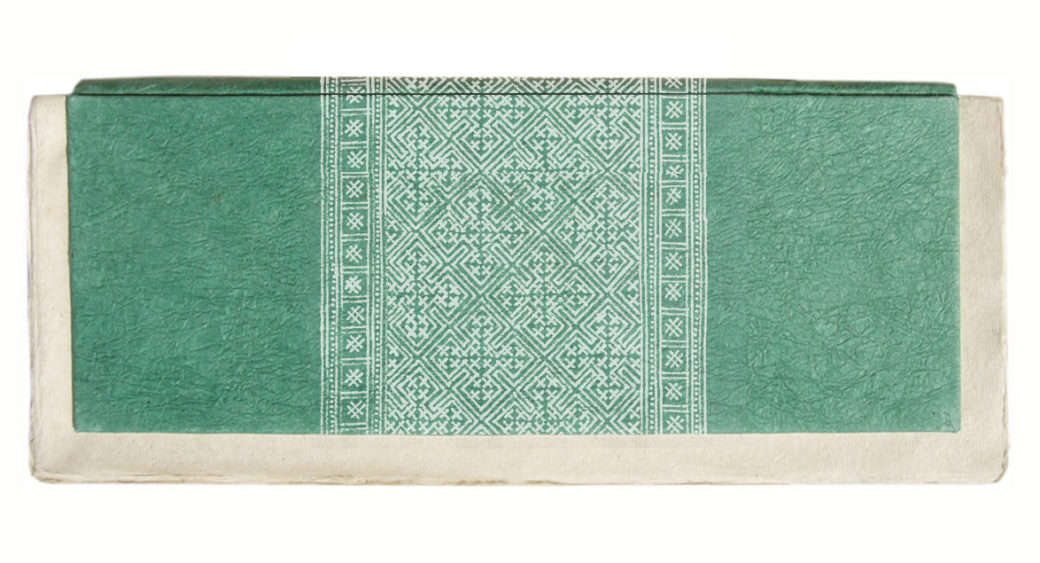[cs_content][cs_element_section _id=”1″ ][cs_element_row _id=”2″ ][cs_element_column _id=”3″ ][cs_element_text _id=”4″ ][/cs_element_column][/cs_element_row][/cs_element_section][cs_element_section _id=”10″ ][cs_element_row _id=”11″ ][cs_element_column _id=”12″ ][cs_element_headline _id=”13″ ][/cs_element_column][/cs_element_row][cs_element_row _id=”19″ ][cs_element_column _id=”20″ ][cs_element_image _id=”21″ ][cs_element_text _id=”22″ ][/cs_element_column][cs_element_column _id=”23″ ][cs_element_text _id=”24″ ][/cs_element_column][/cs_element_row][cs_element_row _id=”29″ ][cs_element_column _id=”30″ ][cs_element_headline _id=”31″ ][cs_element_text _id=”32″ ][/cs_element_column][/cs_element_row][cs_element_row _id=”38″ ][cs_element_column _id=”39″ ][cs_element_image _id=”40″ ][/cs_element_column][/cs_element_row][cs_element_row _id=”47″ ][cs_element_column _id=”48″ ][cs_element_text _id=”49″ ][/cs_element_column][/cs_element_row][cs_element_row _id=”55″ ][cs_element_column _id=”56″ ][cs_element_headline _id=”57″ ][/cs_element_column][/cs_element_row][cs_element_row _id=”63″ ][cs_element_column _id=”64″ ][cs_element_text _id=”65″ ][cs_element_image _id=”66″ ][cs_element_text _id=”67″ ][cs_element_image _id=”68″ ][cs_element_text _id=”69″ ][/cs_element_column][cs_element_column _id=”70″ ][cs_element_image _id=”71″ ][/cs_element_column][/cs_element_row][cs_element_row _id=”76″ ][cs_element_column _id=”77″ ][cs_element_headline _id=”78″ ][cs_element_text _id=”79″ ][/cs_element_column][/cs_element_row][cs_element_row _id=”85″ ][cs_element_column _id=”86″ ][cs_element_image _id=”87″ ][cs_element_text _id=”88″ ][/cs_element_column][cs_element_column _id=”89″ ][cs_element_image _id=”90″ ][cs_element_text _id=”91″ ][/cs_element_column][/cs_element_row][cs_element_row _id=”96″ ][cs_element_column _id=”97″ ][cs_element_text _id=”98″ ][cs_element_text _id=”99″ ][/cs_element_column][/cs_element_row][cs_element_row _id=”105″ ][cs_element_column _id=”106″ ][cs_element_image _id=”107″ ][cs_element_text _id=”108″ ][cs_element_text _id=”109″ ][/cs_element_column][/cs_element_row][cs_element_row _id=”115″ ][cs_element_column _id=”116″ ][cs_element_headline _id=”117″ ][/cs_element_column][/cs_element_row][cs_element_row _id=”123″ ][cs_element_column _id=”124″ ][cs_element_image _id=”125″ ][/cs_element_column][cs_element_column _id=”126″ ][cs_element_image _id=”127″ ][/cs_element_column][/cs_element_row][cs_element_row _id=”132″ ][cs_element_column _id=”133″ ][cs_element_text _id=”134″ ][cs_element_text _id=”135″ ][cs_element_text _id=”136″ ][/cs_element_column][/cs_element_row][cs_element_row _id=”142″ ][cs_element_column _id=”143″ ][cs_element_headline _id=”144″ ][cs_element_text _id=”145″ ][/cs_element_column][/cs_element_row][/cs_element_section][cs_element_section _id=”151″ ][cs_element_row _id=”152″ ][cs_element_column _id=”153″ ][x_custom_headline level=”h3″ looks_like=”h6″ accent=”true” style=”color: #a58333;font-size:1.4em;margin-top:0;”]About Marina Vaptzarova[/x_custom_headline][cs_element_text _id=”155″ ][/cs_element_column][/cs_element_row][/cs_element_section][/cs_content]
[share title="Share this article" facebook="true" email="true" pinterest="true"]Design Inspiration from the Golden Triangle

[share title="Share this article" facebook="true" email="true" pinterest="true"]